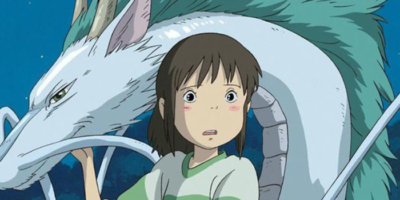Pokémon, a franchise that began as a humble video game for the Game Boy, has evolved into a global cultural phenomenon, captivating millions across generations. The journey from its inception in the late 1990s to its current status as a multi-faceted empire is a testament to its enduring appeal and adaptability. Discover the art of tatsugiri on our website. Explore unique designs and intricate patterns created by talented artists.
The Beginnings: Pokémon Red and Green
The Pokémon franchise was conceived by Satoshi Tajiri and Ken Sugimori, and developed by Game Freak. The first games, Pokémon Red and Green, were released in Japan in 1996. These games introduced players to the concept of capturing, training, and battling pocket monsters, or Pokémon. The simplicity of its mechanics, coupled with the excitement of discovering and collecting various creatures, quickly garnered a dedicated fanbase.
In 1998, Pokémon Red and Blue were released internationally, followed by Pokémon Yellow, which was inspired by the popular anime series. The success of these games laid the foundation for the franchise’s expansion into various media.
Expansion and Diversification
With the success of the initial games, Pokémon expanded into a variety of other media. The Pokémon anime series debuted in 1997 and became a global hit. The show followed the adventures of Ash Ketchum and his trusty Pikachu as they traveled through different regions, capturing Pokémon and challenging Gym Leaders. The anime played a crucial role in popularizing Pokémon, making Pikachu a household name.
The trading card game (TCG), launched in 1996, became another significant aspect of the franchise. It provided a new way for fans to engage with Pokémon, and tournaments became popular events, drawing players from around the world.
Continued Evolution: New Generations and Innovations
The core series of Pokémon games continued to evolve with each new generation. Each generation introduced new Pokémon, regions, and gameplay mechanics, keeping the experience fresh and engaging. Notable entries include:
- Pokémon Gold and Silver (1999/2000): Introduced the Johto region, day-night cycle, and breeding mechanics.
- Pokémon Ruby and Sapphire (2002/2003): Brought the Hoenn region and introduced abilities and double battles.
- Pokémon Diamond and Pearl (2006/2007): Featured the Sinnoh region and introduced online trading and battling via the Nintendo Wi-Fi Connection.
In 2016, Pokémon GO revolutionized the franchise by incorporating augmented reality (AR) technology. Developed by Niantic, the mobile game allowed players to catch Pokémon in the real world using their smartphones. The game’s massive popularity demonstrated Pokémon’s ability to innovate and remain relevant in a rapidly changing gaming landscape.
Modern Era: Expanding Horizons
The most recent entries, Pokémon Sword and Shield (2019) for the Nintendo Switch, introduced the Galar region and featured more open-world elements with the Wild Area. These games also embraced online features more fully, allowing for global connectivity among players.
In addition to mainline games, Pokémon has diversified into spin-off games, movies, merchandise, and even theme parks. The franchise’s ability to continually reinvent itself while maintaining its core appeal has been key to its longevity.
Cultural Impact and Legacy
The impact of Pokémon on popular culture is immense. It has influenced various forms of media, inspired countless imitators, and become a significant part of childhood for many around the world. Its catchphrase, “Gotta Catch ‘Em All!”, has become iconic, symbolizing the joy of discovery and collection.
Pokémon’s success can be attributed to its universal themes of friendship, adventure, and growth. Whether through battling, trading, or simply exploring, Pokémon offers a sense of connection and excitement that transcends age and cultural boundaries.
Conclusion
From its humble beginnings on the Game Boy to its status as a global phenomenon, Pokémon has continually evolved and adapted, capturing the hearts of millions. As it moves into the future, the franchise shows no signs of slowing down, promising new adventures and innovations for generations to come. The story of Pokémon is one of creativity, innovation, and a deep understanding of what makes a game truly engaging and memorable.





















Comments